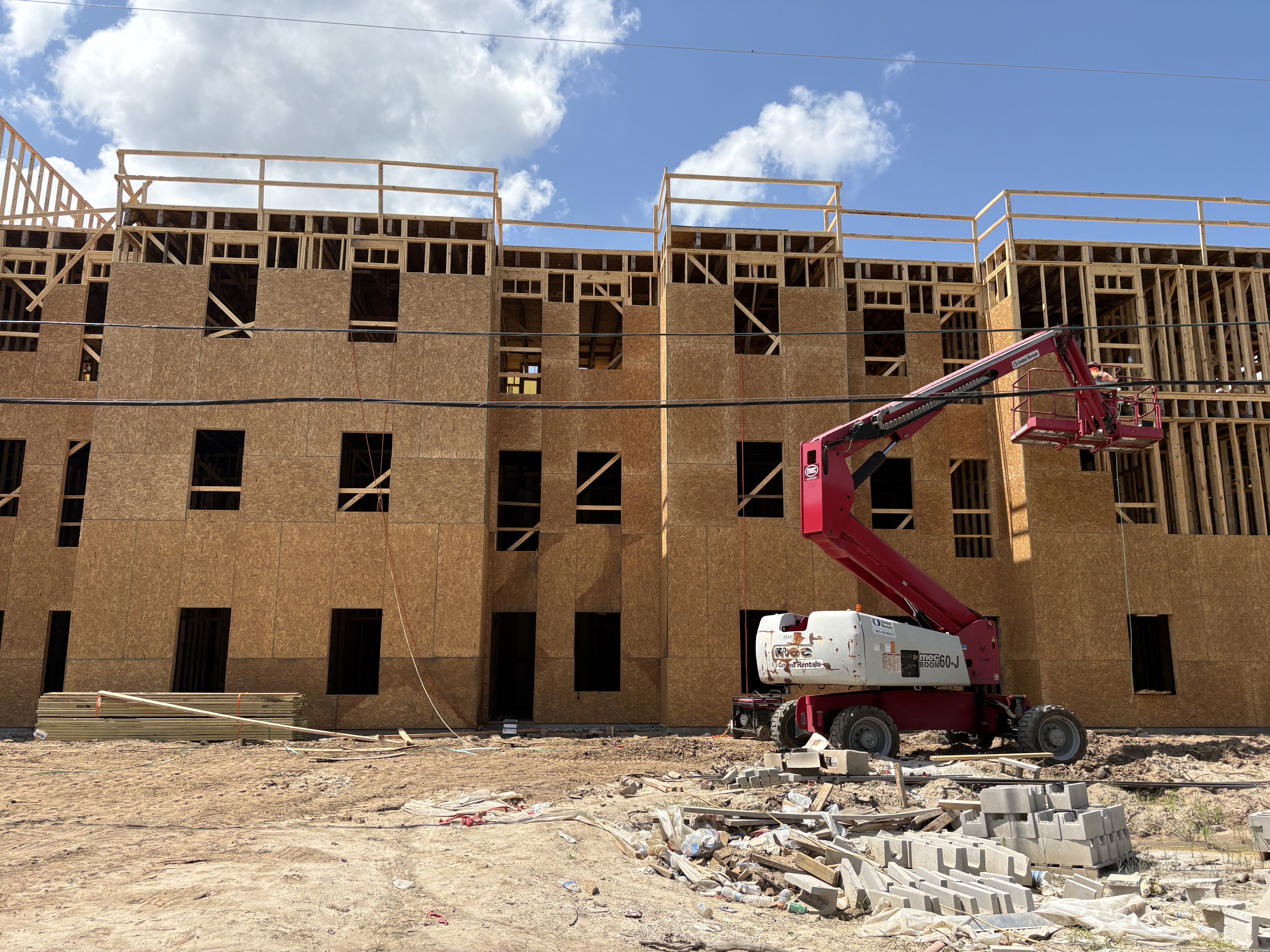EDITORIAL: National Weather Service saves lives
Published 4:58 pm Friday, July 11, 2025
Last Friday, July 4, floods swept across parts of Texas in the dark hours of the morning. As of this writing, 120 people have died and about 160 are still missing.
It is a horrible tragedy.
Could it have happened here? Maybe. Our experience with tropical systems like Idalia, Debby and Helene made it clear that Valdosta can be hit with dangerous weather. Outside of those, the last two years have included a windstorm that felled trees on Jerry Jones Drive and a rainstorm that flooded downtown.
Trending
Bad weather happens everywhere, and deadly events like the Texas flood happen when extremely bad weather combines with other factors, from geography to timing to emergency officials’ response to warnings.
News stories about the flood have asked about the human factors that might have affected the death toll. Coming so soon after the Trump administration cut the staffing of the National Weather Service, some question the NWS’s forecast and warnings.
There is some logic there: The fewer people keeping track of the variables that make up the weather, the easier it might be for something to sneak up on them. Many of the people who have left the NWS are the more experienced forecasters, and that experience has value as they predict what the weather will do.
But early evidence doesn’t entirely bear that scenario out.
CNN reporters wrote, “The National Weather Service has been hard hit by personnel cuts under the Trump administration, but that may not have significantly affected the forecasts and warnings for this historic and deadly flooding. The two Texas NWS offices most closely involved in forecasting and warning about the flooding on the Guadalupe River — Austin-San Antonio and San Angelo — are missing some key staff members, but still issued a slew of watches and warnings about the flood danger.”
The remaining NWS staff stepped up when they were most needed.
Trending
The question that has not been asked is whether weather warnings are the federal government’s responsibility.
The National Weather Service was created in 1870 to collect weather information and to warn of storms in the Great Lakes region. Its coverage area has naturally increased to make predictions of severe weather throughout the country.
By and large, the NWS has done a good job. Modern media rely on its data and predictions to warn readers, listeners and viewers who are in the path of thunderstorms, tornadoes and hurricanes.
Weather doesn’t recognize the lines on a map. It’s hard to imagine a state agency being able to collect the data that would allow solid forecasts. Nor is it clear that a for-profit weather forecasting business would succeed. If these duties are not performed by the national government, who would perform them?
If the national government is going to continue to do this life-saving work, it must have the support of the president and the Congress. It must have the people and the resources to do the best job of weather forecasting and warning that can be done. Lives depend on it.
But we also have to acknowledge the limits of government warnings. Sometimes the weather surprises the experts; the rains in Texas escalated faster than anyone expected, according to former NWS staffers who came to their colleagues’ defense. Questions remain about whether the NWS’s warnings reached the local officials or the private citizens who could have gotten people to safety.
The cuts to the National Weather Service are not the whole story — and they may not even be a significant part of it in this case — but that doesn’t change the fact that America needs the NWS at its best when the weather is at its worst.





